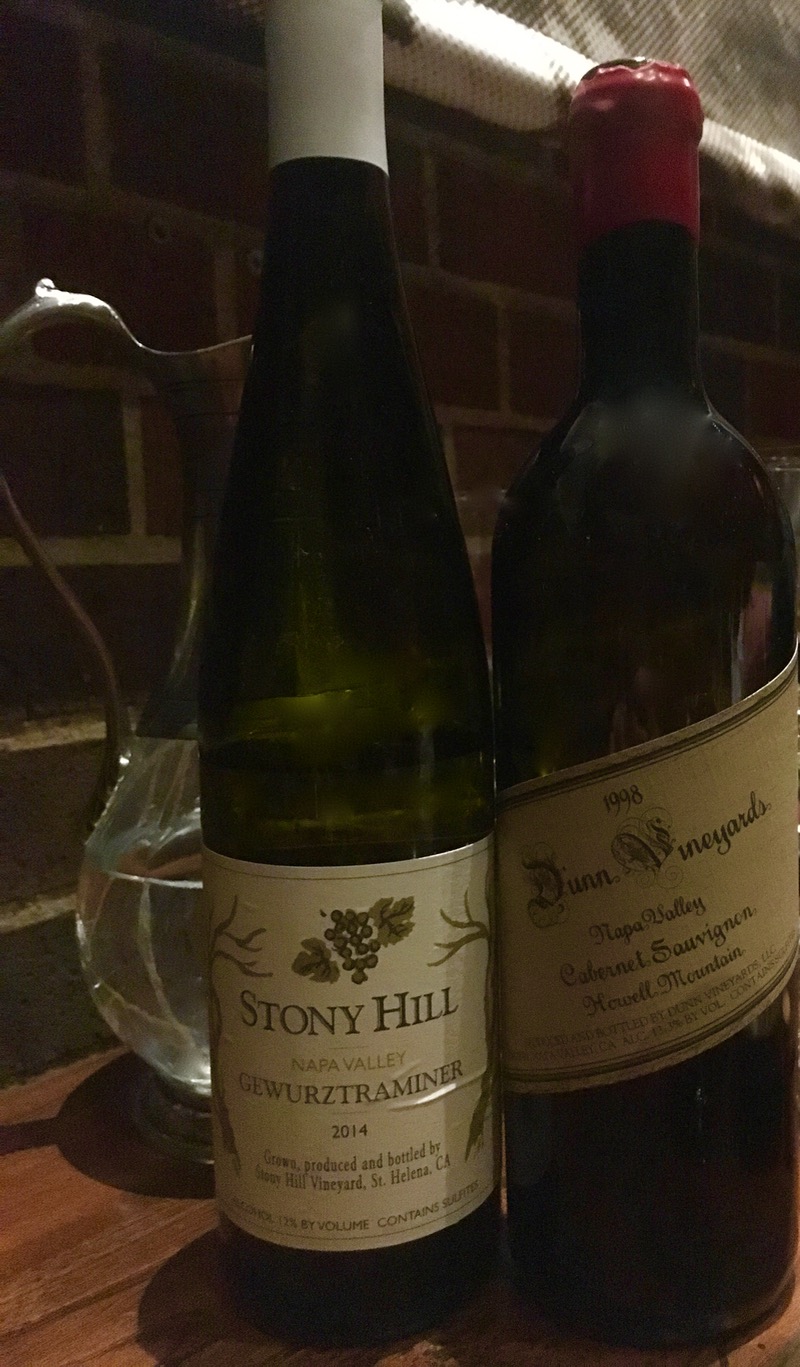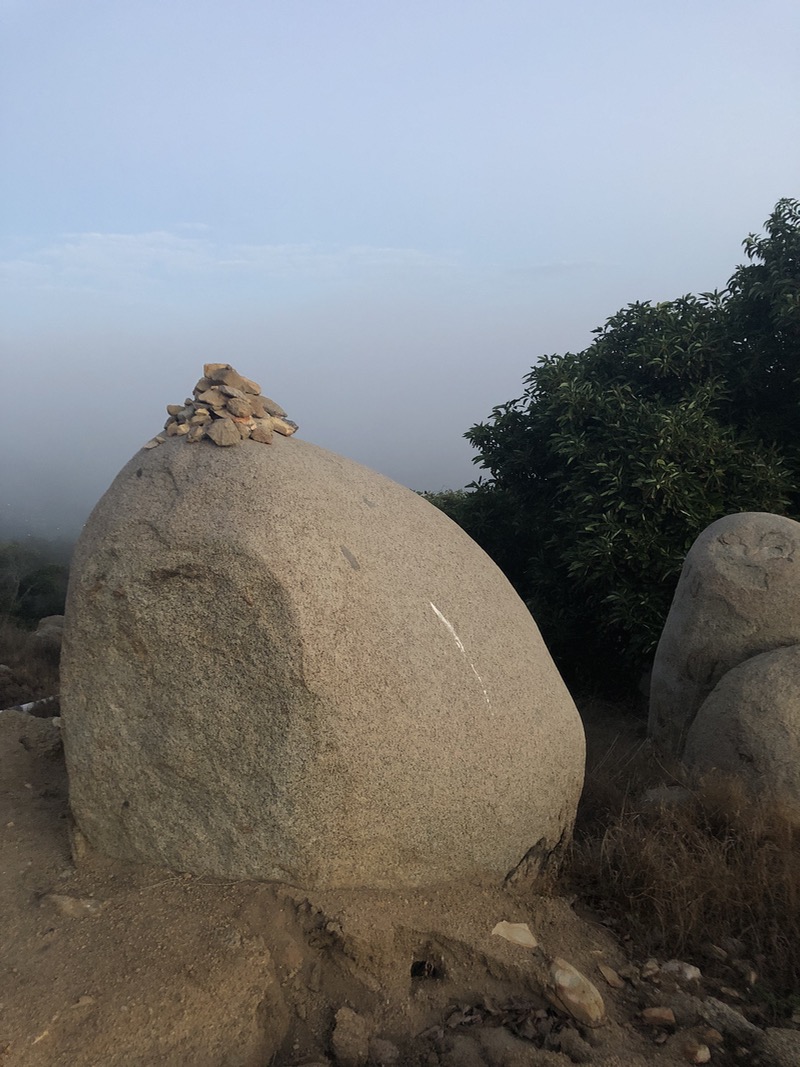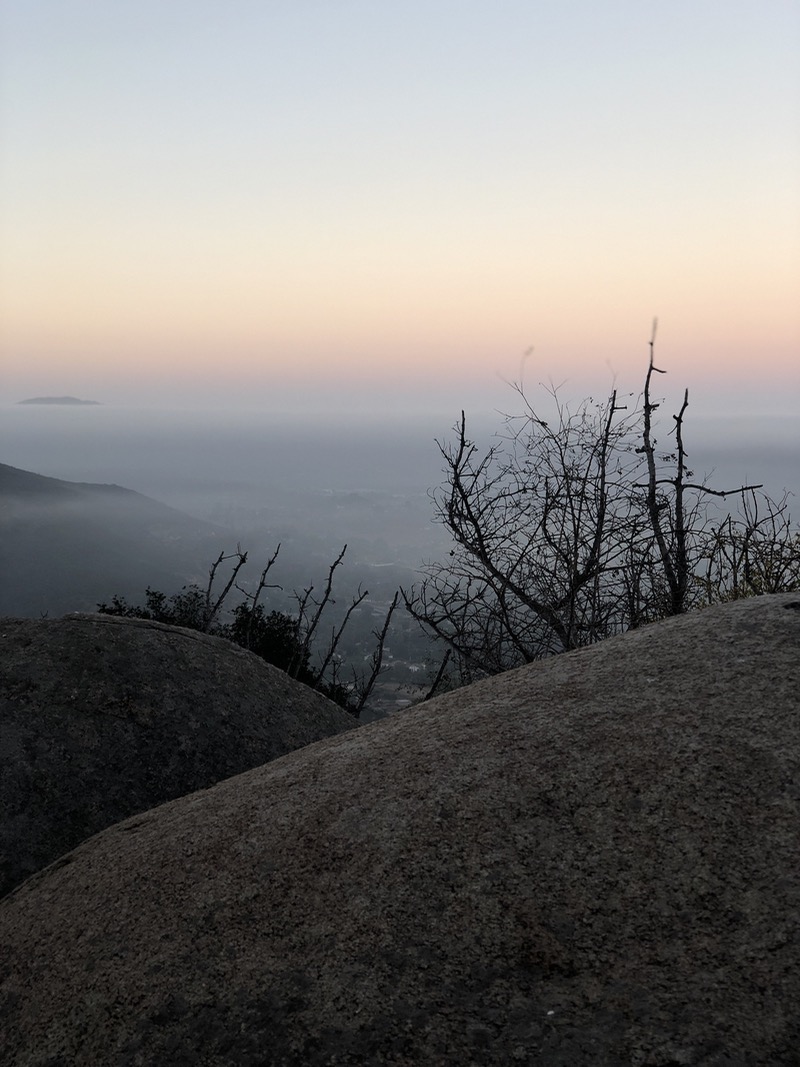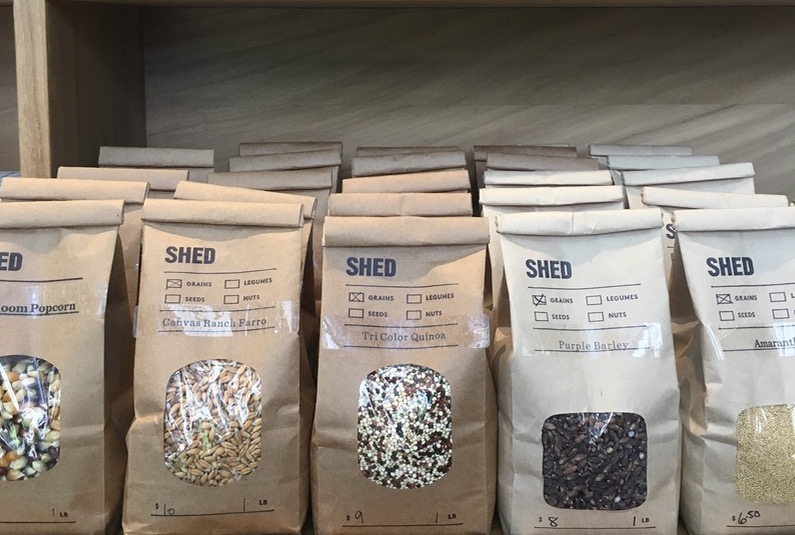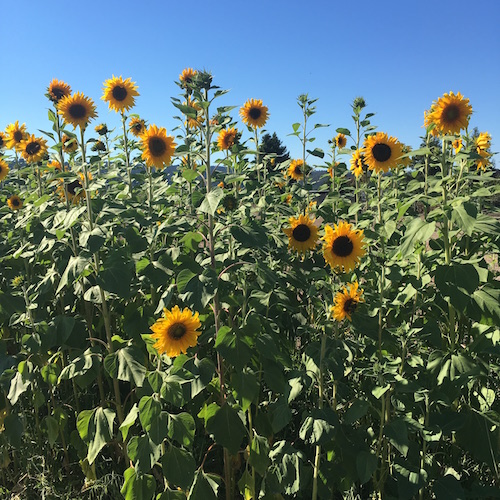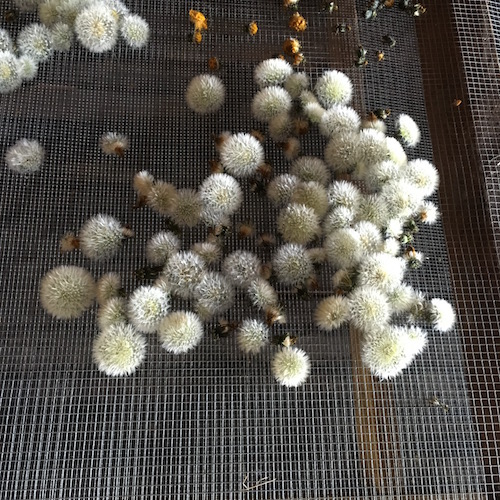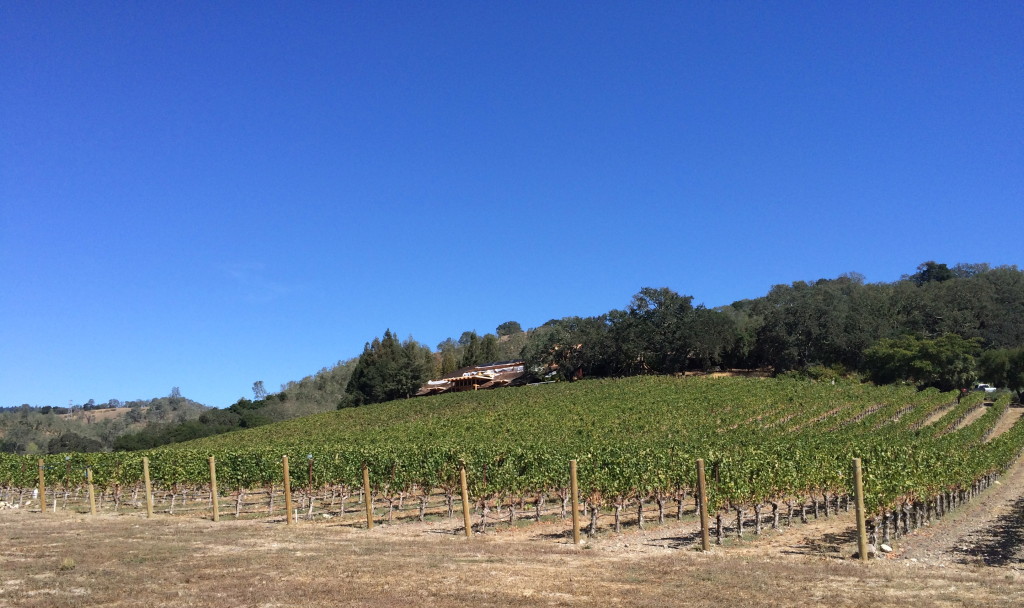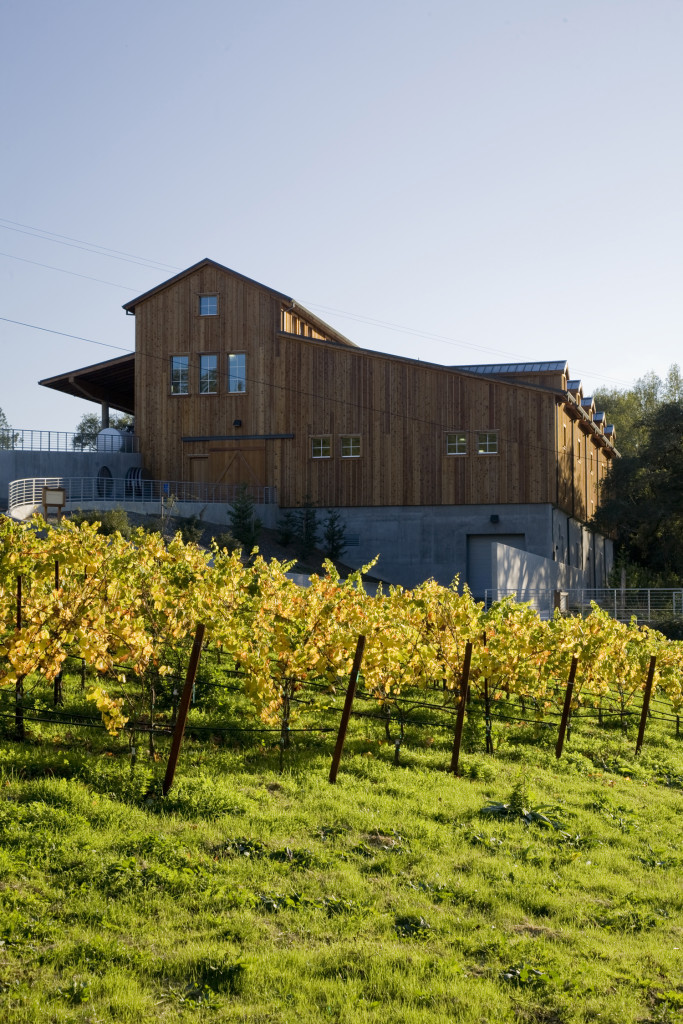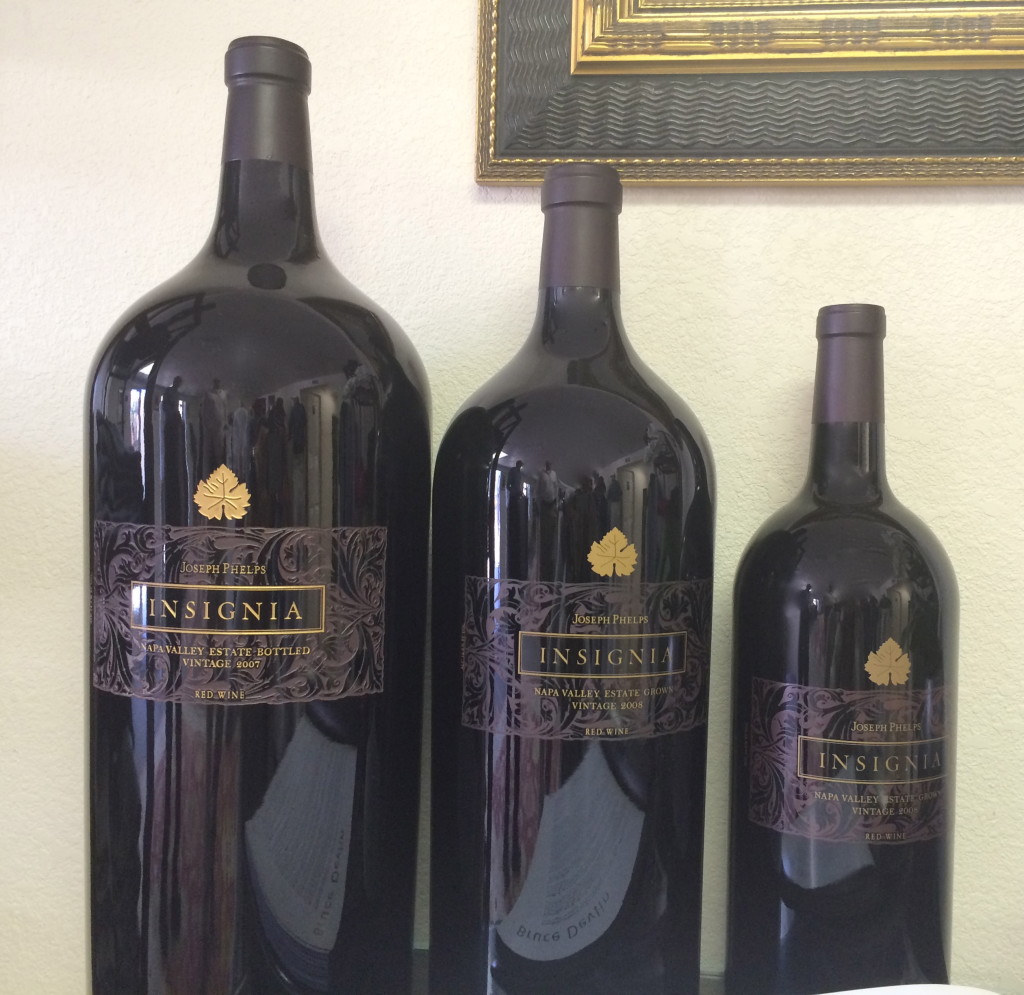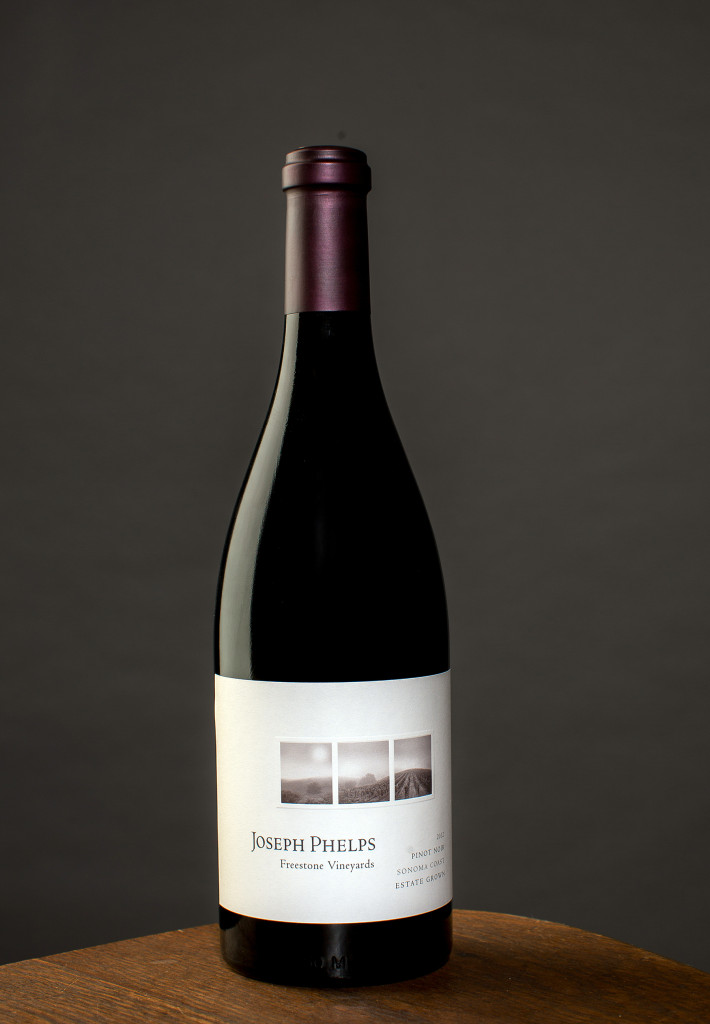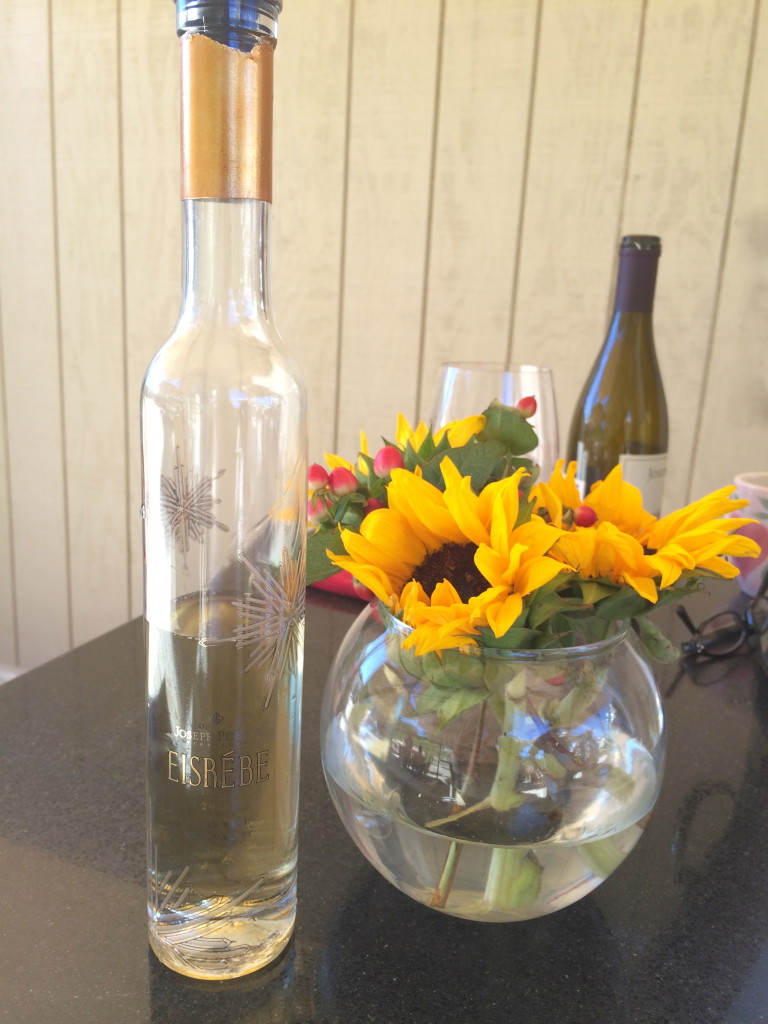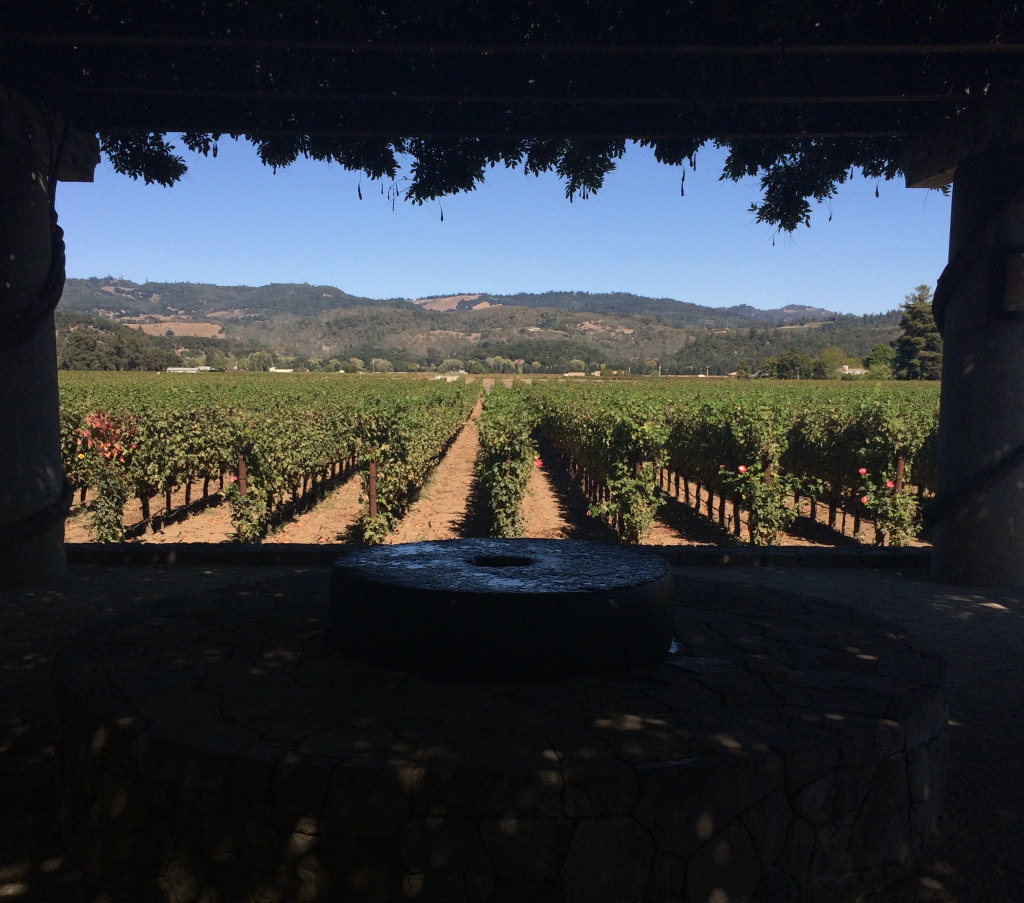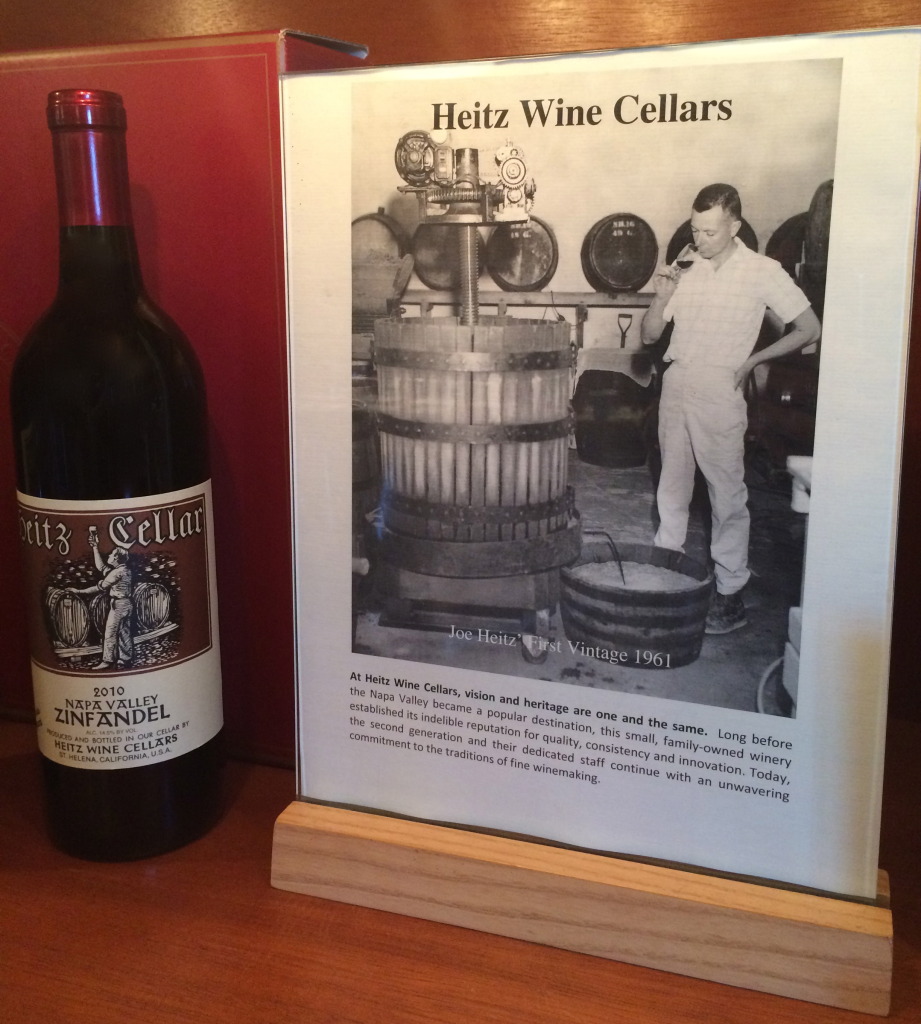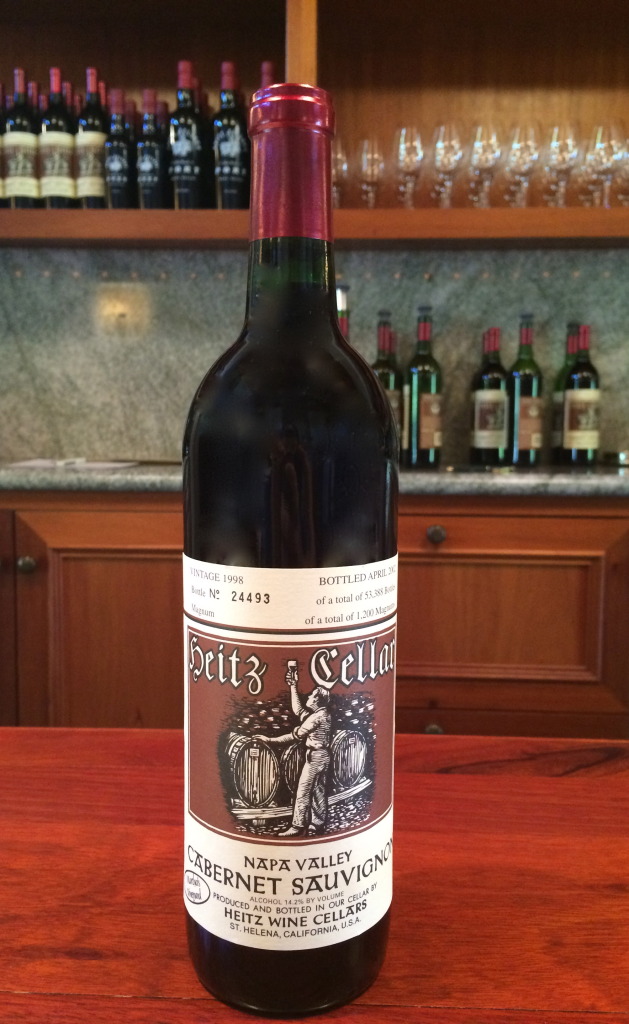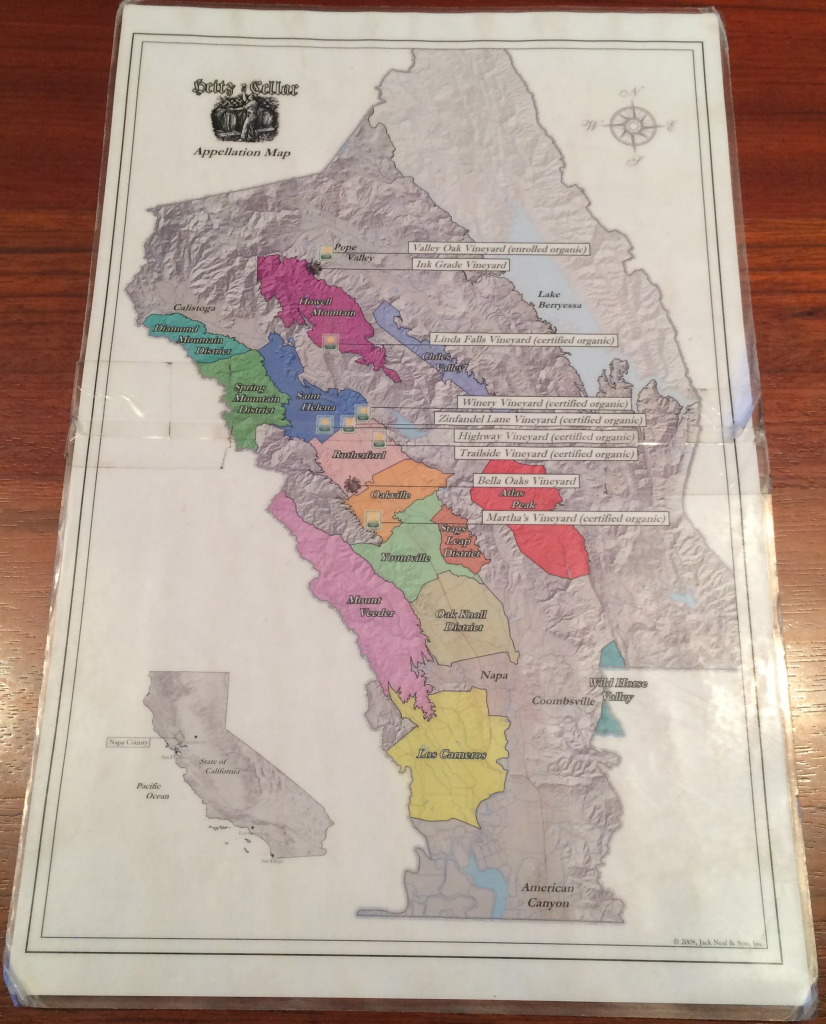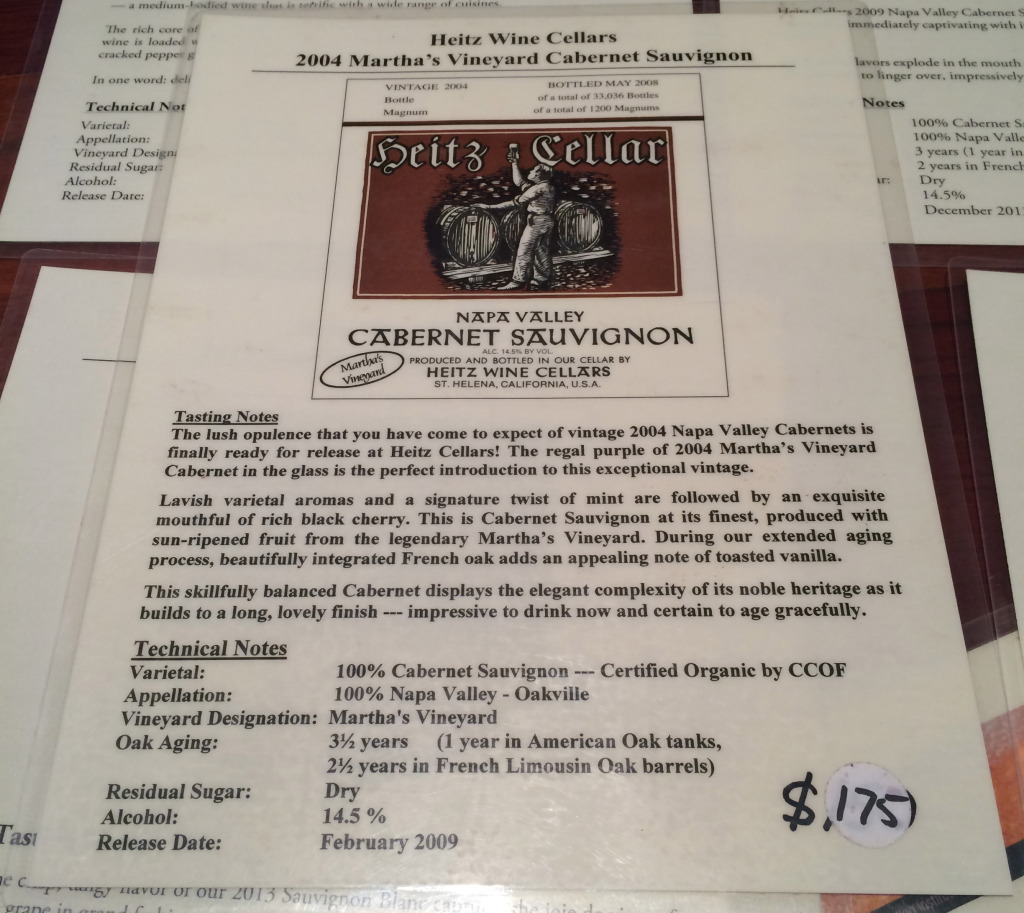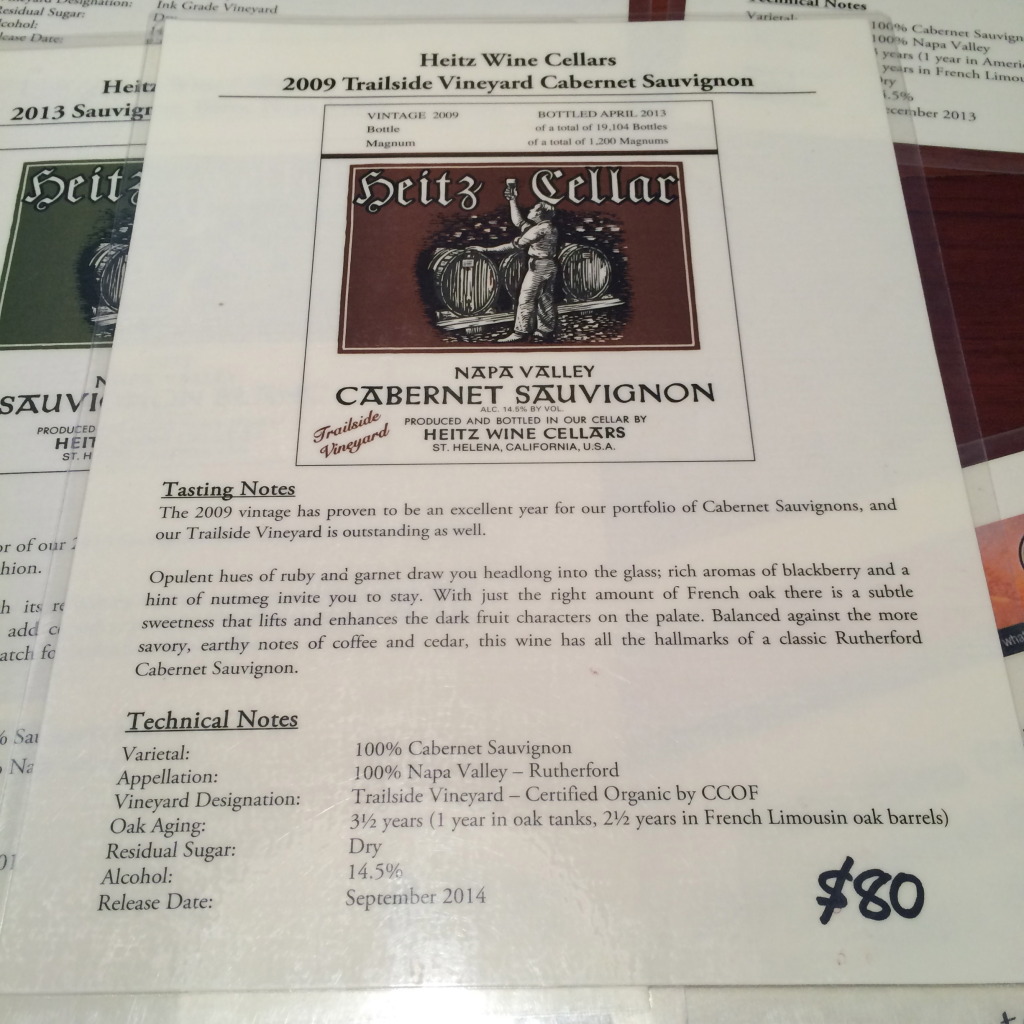The Single Thread experience: seamless Japanese omotenashi hospitality in the agrarian California
There is nothing comparable to Single Thread in the complex genre of seasonal kaiseki in America. The Chef’s Table famed N/naka in LA, curated by Japan-born chef Niki Nakayama nods to this culinary art form, but bellow the level of the Single Thread experience. The restaurant and inn are like a twin dart striking the centre of your heart where excellent ingredients, Japanese food culture and innovative culinary techniques that elevate rather than ridicule the plate are one’s passions.
Decades of expertise, dedication, and an open mind with boundless curiosity, yielded bounty of unparalleled fecundity back home in the Sonoma County. Ever since the inspectors stepped into the few months-old restaurant, the veteran of French, Japanese and molecular culinary techniques and the chef cum owner Kyle Connaughton engraved his two stars on the California Michelin map. In 2018 a third star landed promptly.



Healdsburg is finally worthy of a special journey for fine dining voyagers. The farmers’ den of Sonoma County gathered pace, showing off what the region grows in the creative edibles served at Shed, the casual shop and event space cum café in town. Single Thread is more, a farm, luxury inn and a gastronomic eden in the agrarian California.
The husband chef and wife farmer on their home turf
Kyle and Katina Connaughton employed omotenashi, the Japanese concept of anticipating and fulfilling people’s needs in advance, so“every service is from the bottom of the heart – honest, no hiding, no pretending”, wrote Mandy Li for the Michelin guide. The Connaughtons had a taste of this cultural wholesomeness when work landed them in Japan. At Michel Bras’ Toya in Hokkaido, Kyle mastered kaiseki, izakaya, soba, and sushi. Later, as head chef of research and development at The Fat Duck Experimental Kitchen in England the chef penetrated the penchant of Heston Blumenthal for molecular cuisine. He also assisted with publication of culinary masterpiece The Big Fat Duck Cookbook. Katina developed her gardening and farming skills in Japan, learning ikebana and haiku poetry, that in her personal style – handwritten on a small card joins the menu with a seed bag to plant at your home. This gift along with the charming, mini floral arrangement inspires wonder and fascination with nature.
The Single Thread experience
From entering through the massive wooden doors you are visually welcomed by the kitchen hum. The smoothness of the cooks’ moves strikes you immediately. After the host strips away your coat, you are invited for the first bite and a sip by the kitchen counter. A gallery of Japanese artisan donabe pots displayed along the open kitchen’s walls evoke nature’s palette. Stone grey, clay gris, silvery steel counters, together with the chestnut, ginkgo and oak hues spanning earthenware, the later mostly unique pieces brought over from Japan personally by the team. Some cups and plates were designed by the acclaimed Shinichiro Ogata‘s Simplicity in Japan. A collector’s passion for donabes nudged Kyle Connaughton to co-author (with Naoko Takei Moore) a cookbook that most home cooks utilise more than his gastronomic complexities. Staying upstairs at the inn is a privilege, as a guest you can enjoy comforting in-room dining starring the hotpot of your choice (seafood, meat or tofu).

Weather allowing, an elevator lifts you up to the rooftop. Like in a cinema veritè, the low-built Healdsburg reveals one of the smallest towns in America. Surrounded by crawling vines and ripening tomatoes, seated by a cracking fire, an aperitif of your choice marks the special occasion about to pamper you.
A few moments later, descending to the design awards-winning dining room, you are seated in comforting, cushioned chairs and double-sofas at a silky smooth walnut table. Japan-inspired linen lanterns lit the living room that feels eons more private than the communal loudness popularised by the Nordic dining concepts recently. Now, the orchestra of cooks takes over. The curtains of culinary hedonism are lifted with an assortment of small, mostly one-bite appetisers. Arranged on and around a massive, real bark tray, some cushioned on a carpet of moss, others beautified with flowers, leaves or shoots or nesting in dried grass, the Autumnal Equinox (September), Early Autumn in Sonoma (October) and other cold and warm seasonal produce whets your appetite. Plants, local and Japanese seafood caught sustainably, and a triptych of Single Thread farm eggs: a custard topped with sustainable caviar, Hokkaido uni over an egg, and an ultra-smooth potato mash with seasonal fish.
In a warm pot arrives silky Homemade tofu ladled over heirloom tomatoes, Jimi Nardello pepper, Saikyo miso and olive oil.
Squash or Tomatoes from the farm underline current harvest. The tomatoes with shiso tofu, serpentine cucumber, and charred negi (bunching white onion) were delicate and balanced.
A grilled fish course like superbly cooked Black cod, sweet corn, kohlrabi, and wild nori seaweed moves the kaiseki to larger plates. We ad cod also the previous year. Prepared as a homage to Fukkura-san with leeks, vegetables from the farm, broth of young lettuces and gyokuro green tea it was very different, but also exquisite.
Custom-handmade cutting knives by Bloodroot Blades (the waitlist is years-long) are paraded for your personal choice of tool to cut the protein about to be served. Perfectly hearth roasted lamb loin or Texan marbled wagyu in the meat course are accompanied by obscure, but delicious in exotic Japanese titles presented ingredients like Kanpyo (dried shavings of calabash gourd), Komatsuna (Japanese mustard spinach), Chingensai (bok choy), Kamo Nasu (lilac, ball shaped eggplant) stirring the travel bug. You can supplement the meat for fish or vegetarian course. My Aka Amadai with spaceship spinach, Hakurei turnip, and soy cream was superb.
Sonoma Grains always come with a seasonally creative twist. The heirloom grains with lamb breast connected with he previous course, added black garlic, and Matsutake mushroom “tea” like a true gohan fill you up as the last savoury course. Better even than at the Kyoto’s three Michelin stared Kikunoi! LA’s n/naka can silently observe and note the perfection.



The 10-course kaiseki tails off with two cold desserts and an assortment of wagashi, the mildly sweet morsels to savour with a cup of tea. Blue hyssop, Medjool date and walnut, and spearmint to freshen your mouth during our first 2017 visit, yuzu and Thai basil after Roasted fig leaf and walnut treacle perfect with the smoky roasted houjicha I sipped recently. Brooklyn’s Kettl supplies the superb Japanese tea, while the herbals mostly come from the farm. Elderflower granitè with cucumber and peach pre-dessert was a lovable treat and so was the palate invigorating melon sorbet, melon liquorice, plum marshmallow, and sunflower seed the previous fall. The desserts were all centred around being frozen, like the pennyroyal “laychee” sherbet, whipped lemon posset, fig compote, and apple this October or the richer golden sesame semifreddo with fig and Pinot Noir grapes, pickled, jellied and jammed served last September. Staying at the inn? Peak into your freezer as more frozen delectables wait for your spoon.
The wine list is very good, but the pairing is focused on curiosities than local experiences. Nevertheless, our whims were catered to as the head sommelier curated purely US-sourced wine tasting each night. A white wine from Ridge Monte Bello and Rhone-blend by Tablas Creek next to Ceritas Pinot Noir and the rare white Sauvignon Blanc by Eiselle Vineyards took even the chef into the backstage.


Staying at the Single Thread inn turned us into fans. For three nights nesting in a luxe corner suite with a fireplace, enjoying the bounty of its farm through countless amenities, with a yoga and pilates studio across the street, cycling and running trails along the Russian River we felt like at home. Balanced, indulged and happy.

Bringing Single Thread to life, the husband and wife duo seem to have found their ikigai, the purpose driving their life forward. Any guest can feel the authentic, wholesome love and care invested into the project. The creation of perfection with strong emotional input. Every detail like the ikebana flowers from the farm, candles and toiletries in the bathrooms, lovable slippers, Japan meets local production curated minibar (think kombucha, yuzu soda, superfood snacks developed for Render where Kyle also lends his creative know-how with other award-winning chefs, daily ground coffee, even riesling in a can, …), daily fresh pastry from the two Michelin stared kitchen (reminds me of the best French chefs’ five star lodgings), and daily free of charge platter of local Shigoku oysters, charcuterie and cheese, seasonal fruits. Practical tolls like iconic knives by Laguiole help to cut and open anything. Only the caviar comes with an extra surcharge.

A bottle of local wine custom-made for Single Thread by Davis Family Vineyards (a smooth, mature Syrah for us) for your in-room cravings. Still and sparkling water is filtered by the Vera system for sustainable hydration. A gem hides in your freezer, the house-made seasonal sorbet, Thai basil and pear for us ticked all the boxes of hedonism. In the bathroom, Aesop pampers your skin, binchotan charcoal towels purify your face, bath salts and candles sooth your weary travel bug, and Botnia organic gift bag hydrates your face. We soaked in the XXL bath daily. Oh, and the breakfast, otherworldly. We tried almost the entire menu – an assortment of the multi-course Japanese (the homemade yuba and tofu were extraordinary and the seasonal rice donabe filled us up), Sonoma (top notch California cheese), à la carte warm fruit scones, superb Sonoma grains porridge (wholesome) and the best avocado toast we had in California. We could have it every day – served on a sourdough, the poached running egg with sesame, flowers and green perfection. We only skipped the bacon-laden English breakfast created as a tribute to Heston Blumenthal.



The five rooms were like the restaurant designed by AvroKO, and the entire building embodies the feeling of being “lived in, homey and residential” to Connaughton’s liking, but its far more. There is no interior like Single Thread of such artisan excellence in the Sonoma County, not even in the established riches of the Napa Valley opulence. The visuals mirror the experience.



Recently, Single Thread expanded their dining options to weekend lunches, so those who do not stay in town, can savour the omotenashi without a compromise.
SingleThread: 131 North Street, Healdsburg, CA 95448
+1 707 723 4646





























